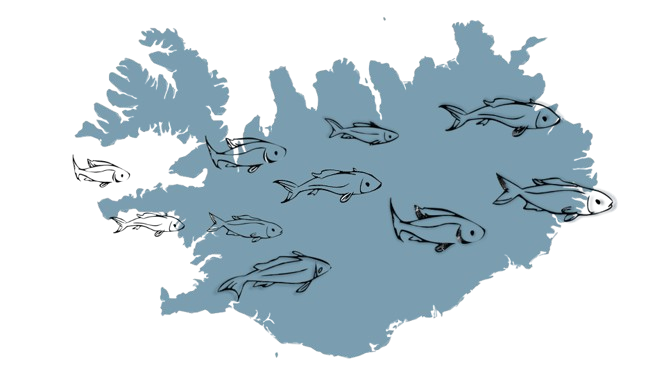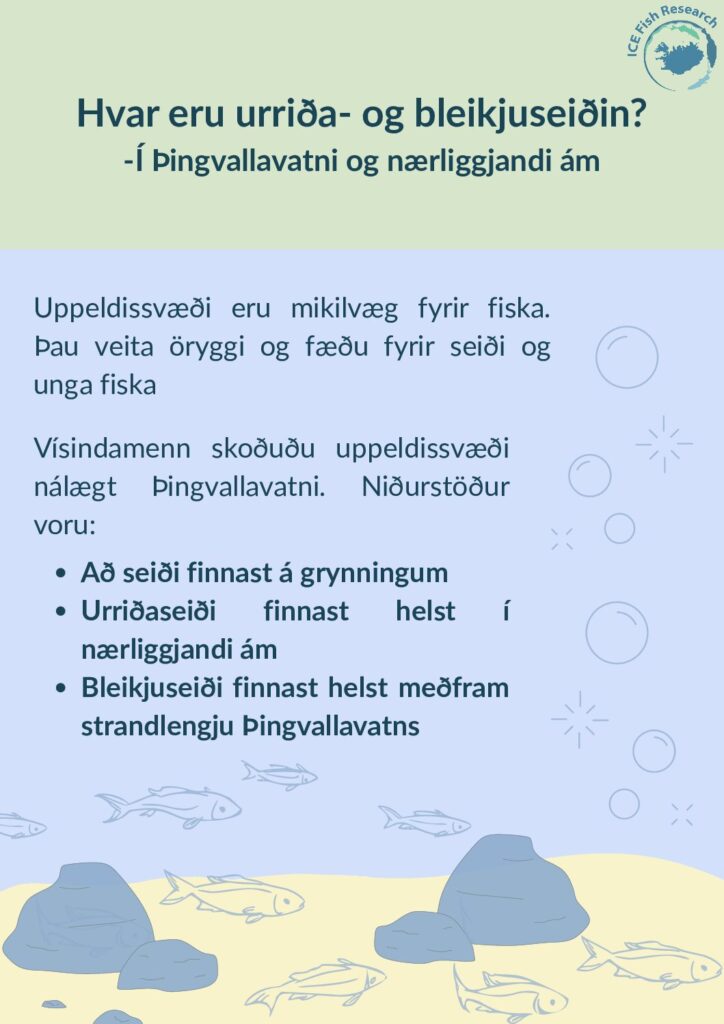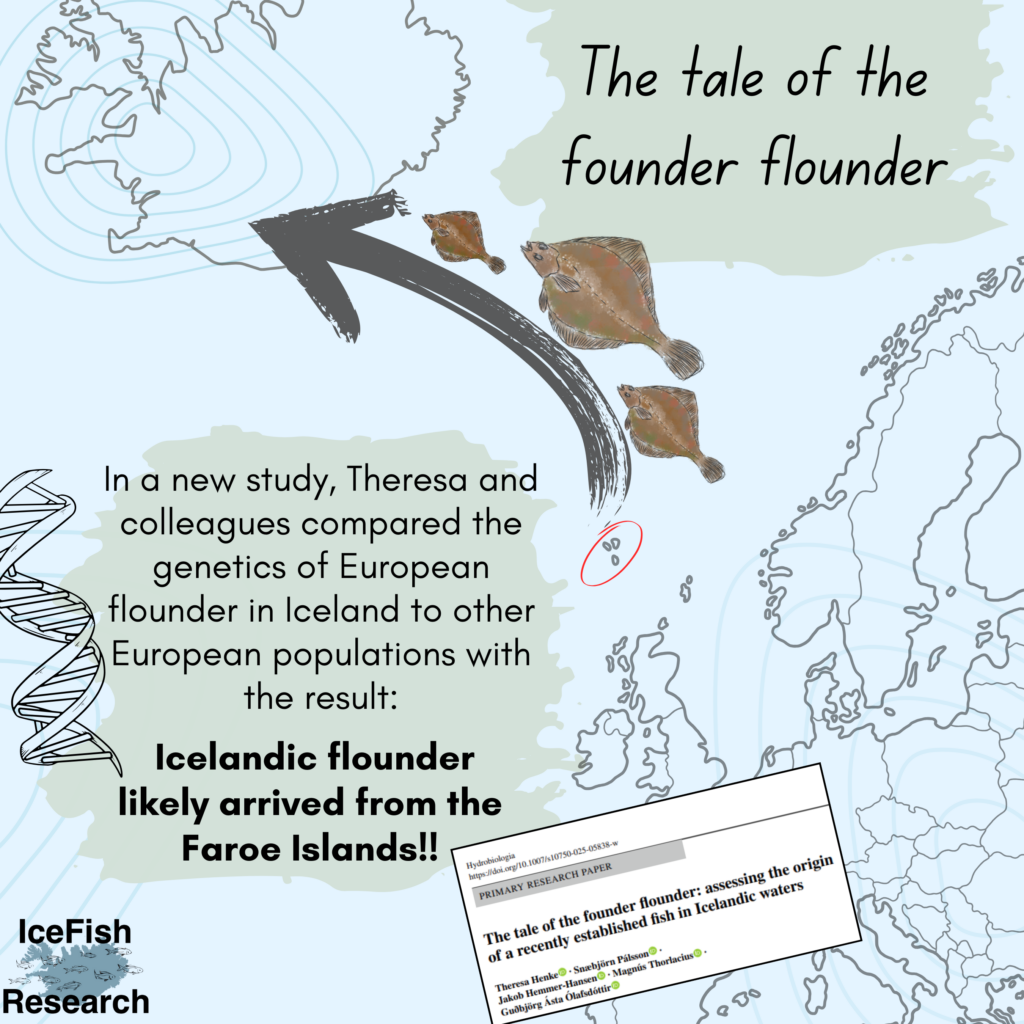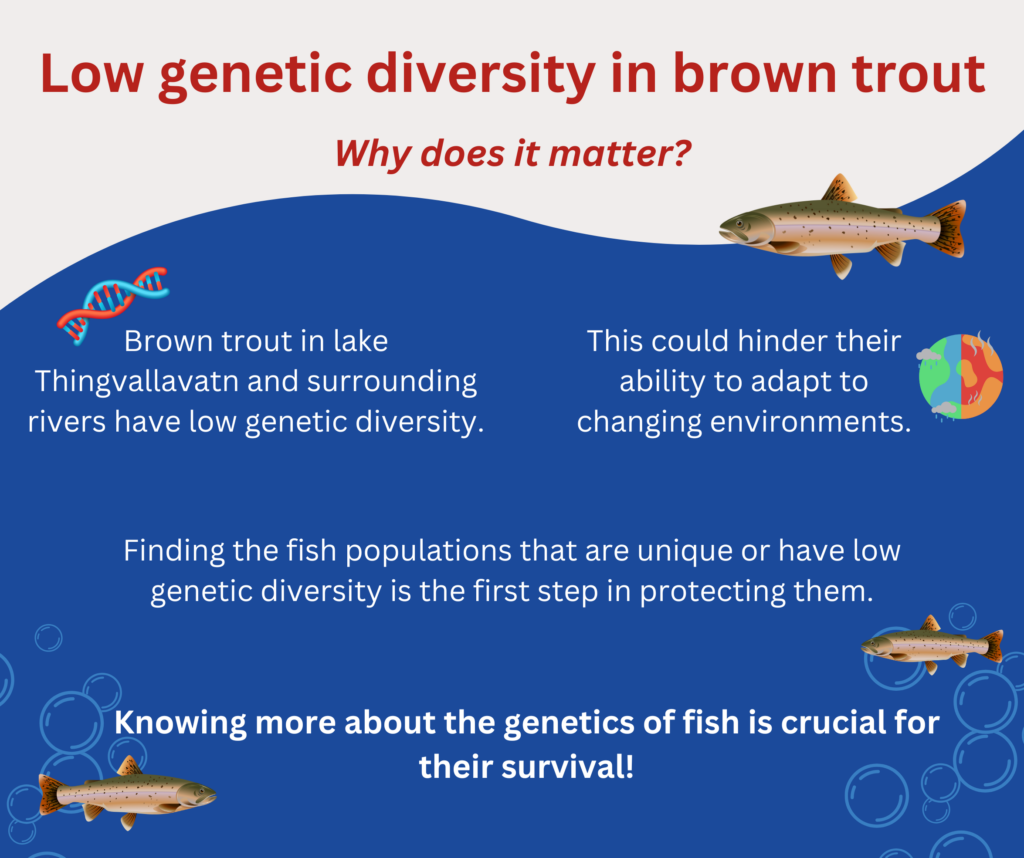Where are the baby Brown trout and Arctic charr?
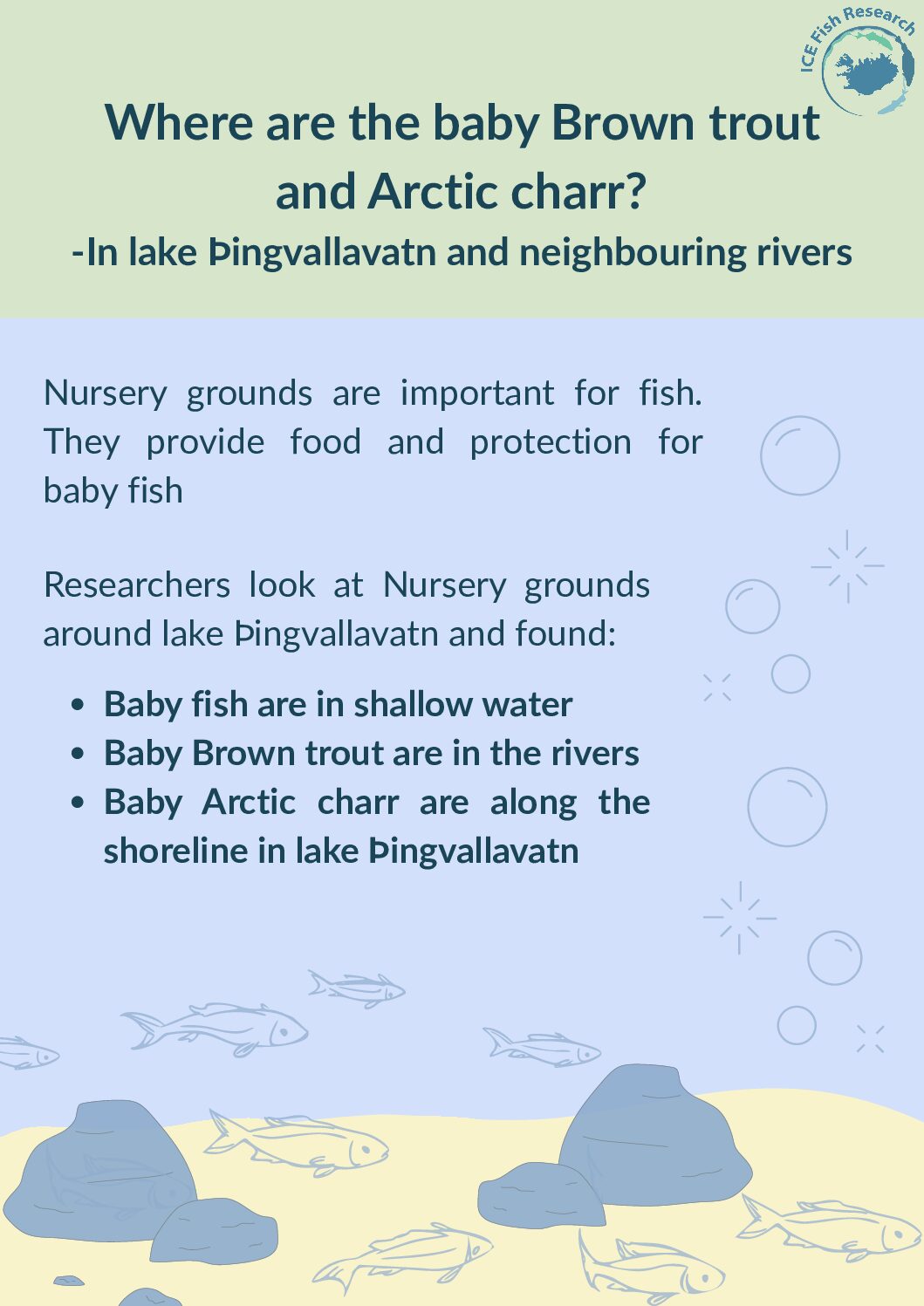
Nursery grounds are habitats mainly used by juvenile (baby) fish. As the name suggests these habitats are like nurseries for fish. Nursery grounds are very important for the fish species using them. Since they provide protection and food for the young. Therefore, knowing where they are and how they are holding up is important. If a nursery ground is destroyed or not usable anymore that would be terrible for the fishes using them.
The the search begins
Last year researchers from the University of Iceland and the Marine and Freshwater Institute published a paper in the Icelandic journal Náttúrufræðingurinn. In that paper they looked at nursery grounds of Brown trout and Arctic charr in lake Þingvallavatn and neighbouring rivers.
They used two datasets in the paper. One dataset was collected by researchers at the Marine and Freshwater Institute. They did regular surveys on trout and charr nursery grounds in lake Þingvallavatn and neighbouring rivers from 2000 to 2021. The other dataset was collected during the summer of 2022, by researchers at the University of Iceland.
The data was collected using electrofishing. A fishing technique using electricity to shock the fish and then catch it with a net. Electrofishing does not kill or harm the fish. So, a researcher can catch a fish, measure it and then set it free.
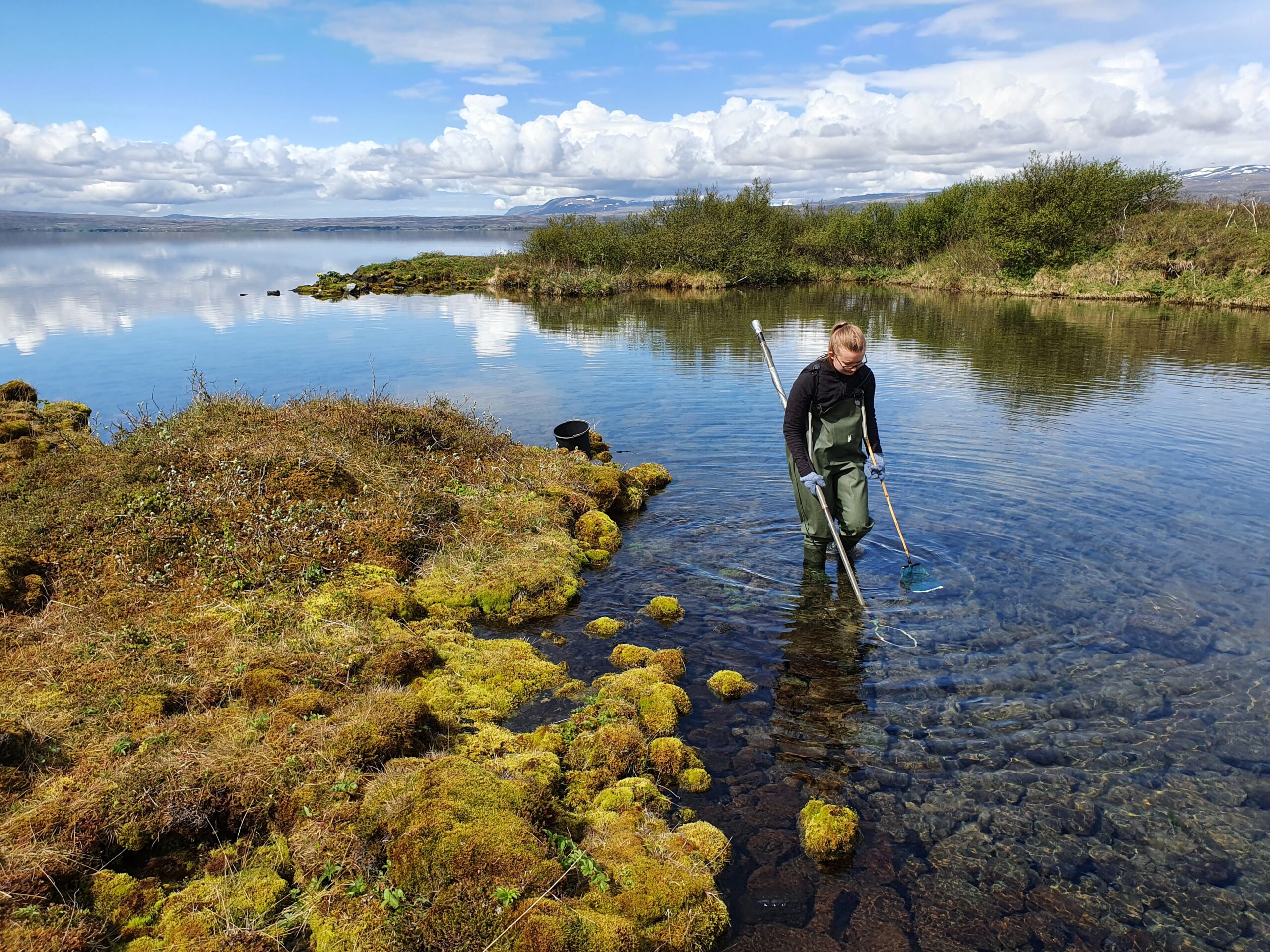
And what did they find?
The results showed that the two species use different nursery grounds. Brown trout mainly uses the shallows of the rivers. Which is expected since trout mainly spawn in the rivers. On the other hand, Arctic charr juveniles were mainly found in shallow waters along the shoreline of lake Þingvallavatn. Often close to known charr spawning sites. Adult trout and charr are found in deeper water.
During the early 2000s Brown trout fry were released into the lake. This was to increase the population size. Which was very low at that time. According to this study the releases appeared to have work. The amount of juvenile trout has increased in the last 20 years. However, Arctic charr numbers have stayed the same (neither increasing nor decreasing). The researchers also looked at the differences between habitats. They found that it was more likely to find fish if the shoreline had vegetation on it.
Anyone interested to know more can access the article here: https://natturufraedingurinn.is/uppeldissvaedi-laxfiska-i-thingvallavatni-og-tengdum-am/
The article is in Icelandic. However, a short abstract as well as figure and table text are provided in English.
